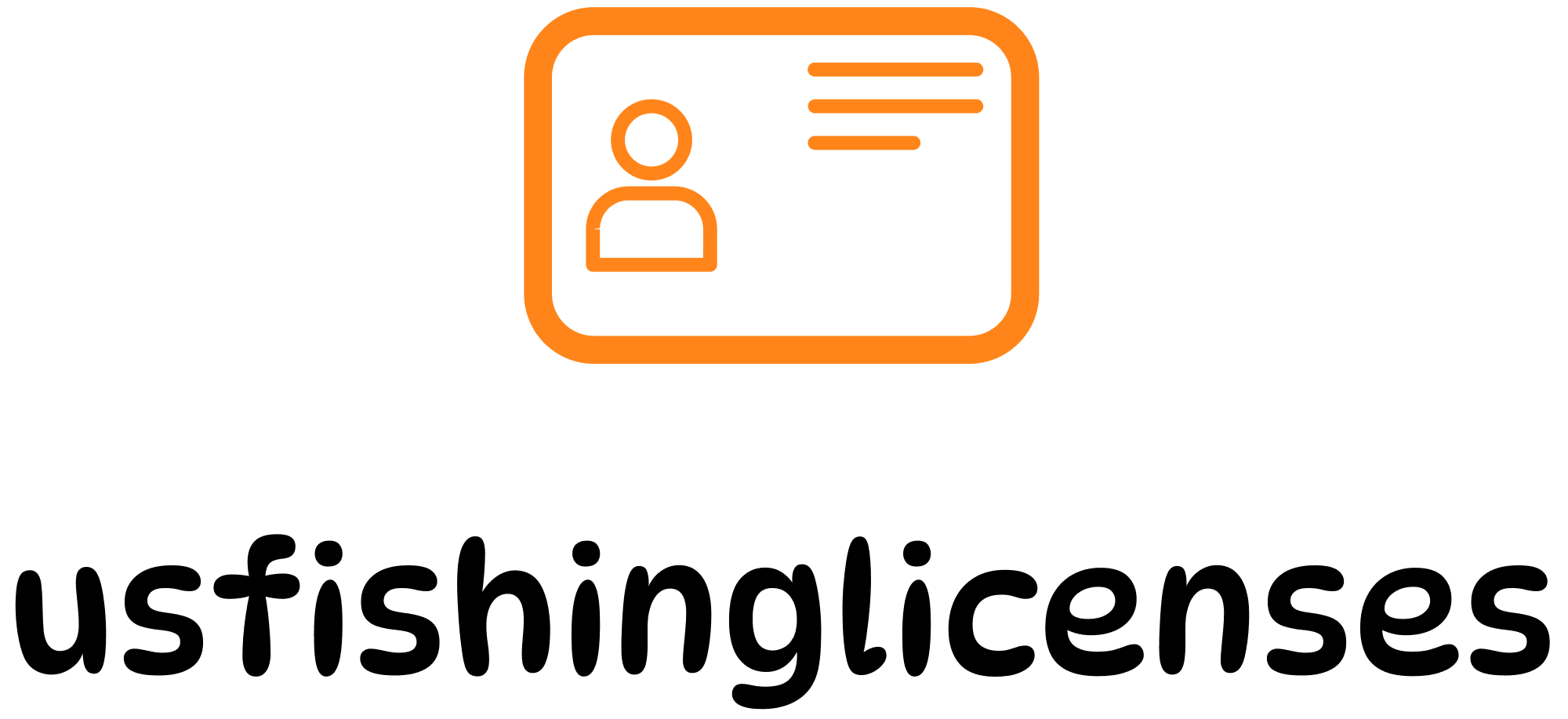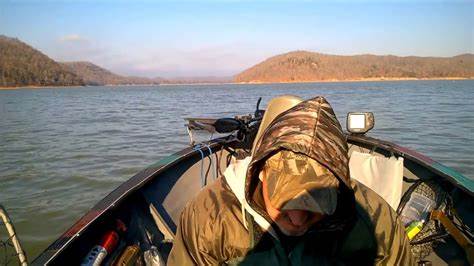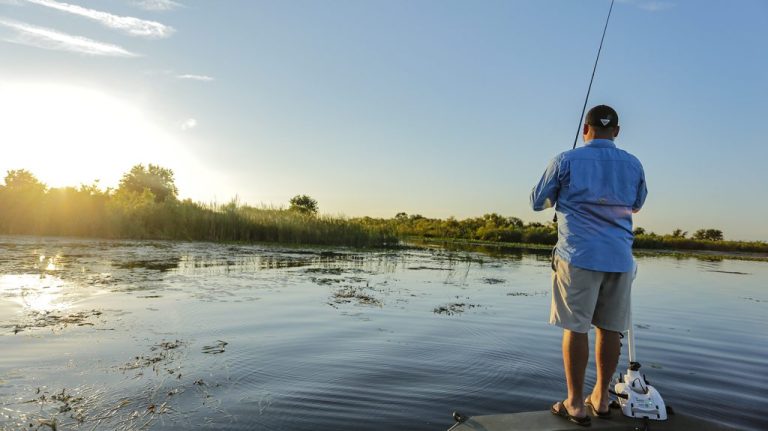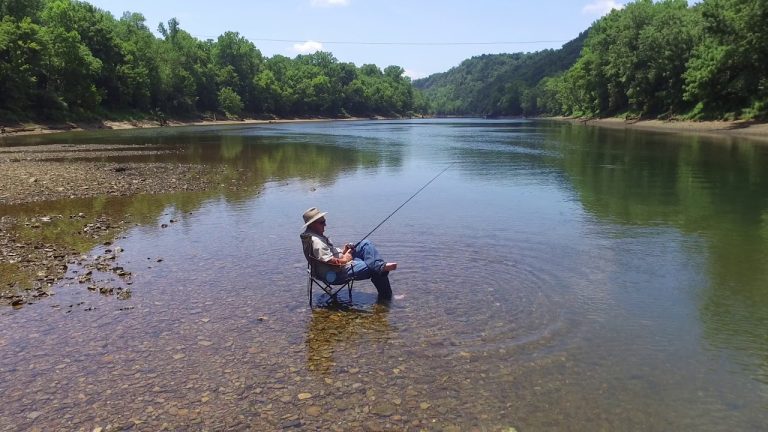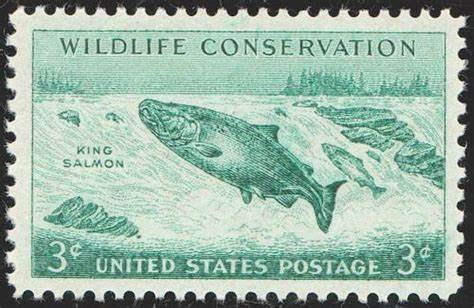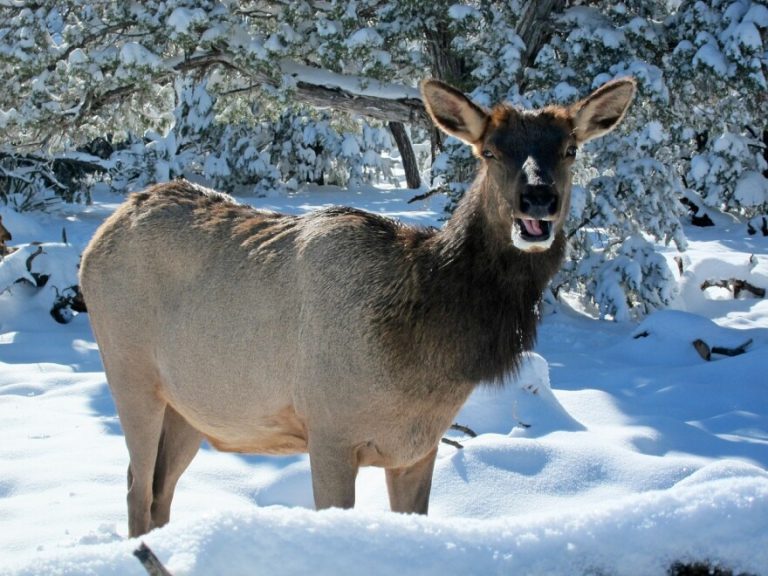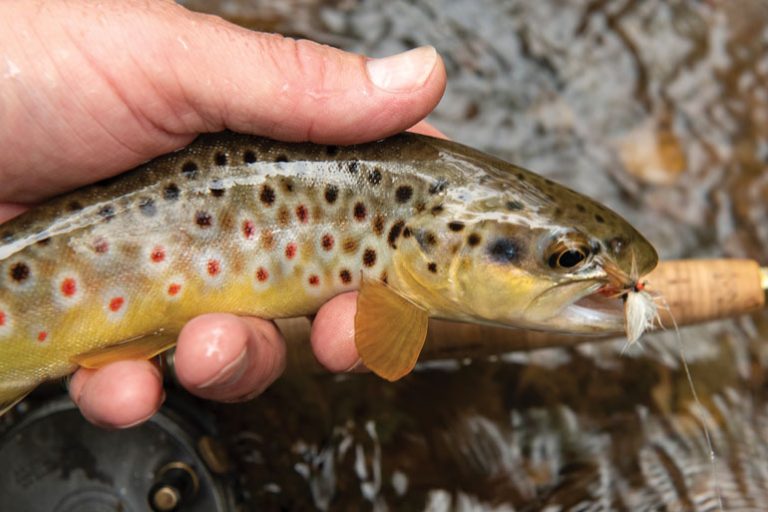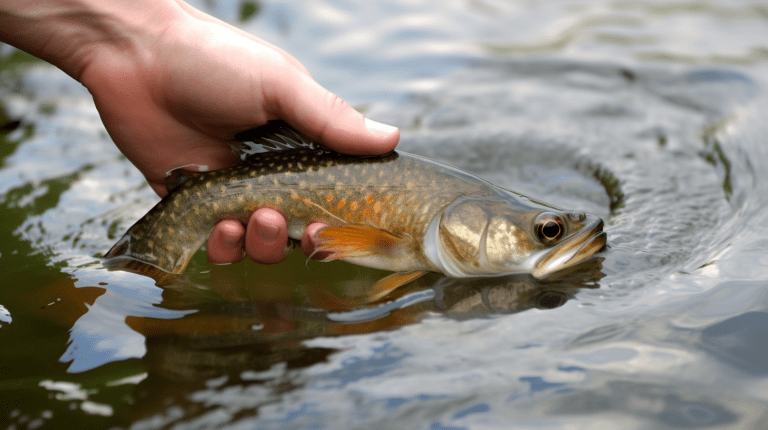Catfish noodling—the practice of catching catfish using only your hands—combines ancient fishing traditions with modern sporting adventure. As of April 2025, this distinctive fishing method is legal in 17 states, primarily across the South and Midwest regions of the United States. Each state maintains specific regulations, seasons, and permit requirements that anglers must follow to practice this unique form of hand-fishing legally.
This comprehensive guide details where noodling is permitted, specific license requirements, conservation considerations, and essential safety precautions for those brave enough to stick their hands into catfish holes.
Where is Catfish Noodling Legal?
The legality of noodling varies significantly by state, with most permitting states concentrated in regions where flathead and blue catfish are abundant. As of 2025, 17 states allow noodling with various restrictions.
States Where Noodling is Legal
The following table provides a comprehensive overview of states where noodling is currently legal along with key regulations:
| State | Legal Status | Special Requirements | Season |
|---|---|---|---|
| Alabama | Legal | Standard fishing license required | During catfish season |
| Arkansas | Legal | Half daily limit on catfish for noodled fish | Various seasons by waterbody (May 15-Oct 31 for most) |
| Georgia | Legal | Certain restrictions apply | Check local regulations |
| Illinois | Legal | Hand only, no gear allowed | Summer months |
| Kansas | Legal | Special permit required ($27.50) | Popular during spawning season |
| Kentucky | Legal | Hand-grabbing permitted during set months | Summer months |
| Louisiana | Legal | Legalized in 2022 | Check current regulations |
| Maryland | Legal | Legal with restrictions | Seasonal |
| Mississippi | Legal | Must follow local regulations | Summer months |
| North Carolina | Legal | Season and gear limits enforced | Check current regulations |
| Oklahoma | Legal | Home of the Okie Noodling Tournament | Prime in summer |
| South Carolina | Legal | Regulated by state agencies | Check current regulations |
| Tennessee | Legal | Permit may be required | Check with Tennessee Wildlife Resources Agency |
| Texas | Legal | Active noodling community | Check Texas regulations |
| West Virginia | Legal | Legalized recently (2024 regulations) | Check current regulations |
| Wisconsin | Legal | Allowed in designated areas only | Seasonal restrictions |
For updated licensing information in your state, visit US Fishing Licenses to ensure compliance with current regulations.
Special Permit Requirements and Regulations
Beyond basic fishing licenses, several states impose additional requirements specifically for noodling. These requirements address conservation concerns and help manage catfish populations effectively.
Standard Requirements Across States
In all legal states, noodlers must possess a valid fishing license appropriate for their resident status. You can verify licensing requirements for your state through US Fishing Licenses.
Special Permits and Restrictions
Some states have implemented specific requirements for noodling:
- Kansas: Requires a special hand-fishing permit costing $27.50 in addition to a standard fishing license
- Arkansas: Restricts noodlers to half the daily limit of catfish compared to rod-and-reel anglers
- Oklahoma: Adjusted regulations in recent years, setting a limit of 5 flathead catfish per day regardless of catching method
- Wisconsin: Only permits noodling in designated areas, requiring anglers to verify locations before attempting to noodle
Seasonal Restrictions
Most states limit noodling to specific seasons, typically aligned with catfish spawning periods (generally June through August). These restrictions aim to balance recreational opportunities with conservation needs:
- Mississippi River: Open from May 1 to July 15 in Arkansas
- Lake Charles and Strawberry River (below U.S. Highway 167): Open June 1 to October 31 in Arkansas
- Most other Arkansas waterbodies: Open July 15 to October 31
For the most current seasonal restrictions, check with your state’s wildlife agency or visit US Fishing Licenses state pages.
Why Is Noodling Illegal in Some States?
Despite growing acceptance, noodling remains prohibited in many states due to significant conservation and population management concerns.
Conservation Impact
The primary conservation concern involves the disruption of catfish reproduction cycles:
- Spawning Protection: Male catfish guard their eggs in nests during spawning season. When removed through noodling, the unguarded eggs often develop algae and die
- Target Selection: Noodling specifically targets large, breeding-age males during their reproductive period
- Population Impact: Missouri shut down its experimental noodling season after just two years when research showed higher-than-expected mortality for catfish eggs after adults were harvested from spawning beds
Regulatory Trends
The regulatory landscape is gradually changing. In 2001, only four states permitted noodling, compared to 17 states in 2025. Recent additions include:
- Louisiana: Legalized noodling in 2022
- West Virginia: Implemented new noodling regulations in 2024
For states considering legalizing noodling, balanced regulations focusing on sustainability remain a priority.
Safety Considerations for Noodling
Noodling involves significant risks that prospective participants should understand before attempting the activity.
Common Risks
- Size and Strength of Fish: Large catfish can weigh over 100 pounds and possess considerable strength, potentially pulling noodlers underwater or causing injuries through their powerful bites
- Underwater Hazards: Submerged objects, sharp debris, and poor visibility create dangers when reaching into catfish holes
- Wildlife Encounters: Noodlers risk encountering snapping turtles, snakes, or other wildlife occupying the same underwater habitats
Safety Best Practices
If you’re considering trying noodling in a state where it’s legal, follow these essential safety protocols:
- Never Noodle Alone: Always bring at least one partner who can assist in emergencies
- Wear Protective Gear: Use gloves to protect hands from sharp objects and catfish spines
- Assess Water Conditions: Evaluate current strength, underwater obstacles, and water clarity before beginning
- Use Appropriate Footwear: Wear boots that provide stability and protection from sharp objects on the river bottom
- Consider Using Life Jackets: Especially in deeper water or areas with strong currents
Catch and Release Considerations
For conservation-minded noodlers, catch and release presents a viable option:
- Selective Harvest: Many experienced noodlers practice selective harvesting, releasing larger breeding fish
- Handling Techniques: When planning to release a catfish, minimize time out of water and handle carefully to reduce stress and injury
- Research Findings: A Texas study found that hand-fishers reported catching about 8 catfish per day but harvesting only 2-3, suggesting conservation awareness among practitioners
Is noodling dangerous?
Yes, noodling carries significant risks including drowning, injuries from fish, and encounters with other wildlife like snapping turtles. Always noodle with a partner and take appropriate safety precautions.
What size catfish is typically caught by noodling?
Noodling typically targets larger catfish, often weighing 20-50 pounds, though catches exceeding 100 pounds have been reported.
Why do some states ban noodling?
States prohibit noodling primarily due to conservation concerns. The practice targets breeding males guarding eggs, and when these fish are removed, their eggs typically die, potentially impacting population sustainability.
What equipment do I need for noodling?
Minimal equipment is required: protective gloves, appropriate clothing, sturdy footwear, and in some states, a special permit in addition to a standard fishing license.
What species of catfish are typically targeted by noodling?
Flathead catfish are the primary target for noodling, though blue catfish are also caught using this method.
Getting Your Fishing License
Before attempting noodling, ensure you have all required licenses and permits for your state. Visit US Fishing Licenses to verify requirements for your specific location:
Whether you’re a noodling enthusiast or curious about trying this distinctive fishing method, understanding the legal framework and safety considerations is essential for a responsible approach to this traditional practice.
